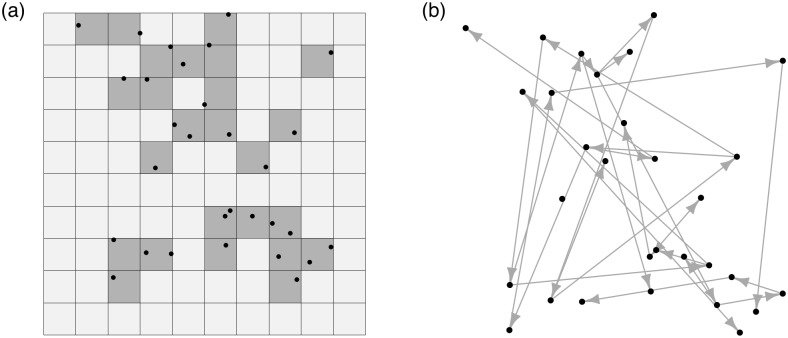Fig 2. A schematic illustration of examples of existing approaches.
(a) SEIR approach on patch level [7–9]. The study area is partitioned into pre-defined grids/patches, where grid-points/patches with any infected individuals (i.e. the black dots) are classified as infected (E) and grid-points without as susceptible (S). After the classification, each grid—Infected (darker gray) or Susceptible (lighter gray)—is treated as a single entity for model fitting. (b) Transmission-network-based (partial-likelihood) approach [4, 10–12]. The unknown susceptible population is completely ignored. Consider only the set of infected individuals and infer the relations, for example, the transmission path (the arrows), among them. This approach however, in contrast to the conventional SEIR model, does not delineate a mechanism of how a new infection can arise among the general (susceptible) population. Such a limitation, in particular, renders a complete forward epidemic prediction implausible.

